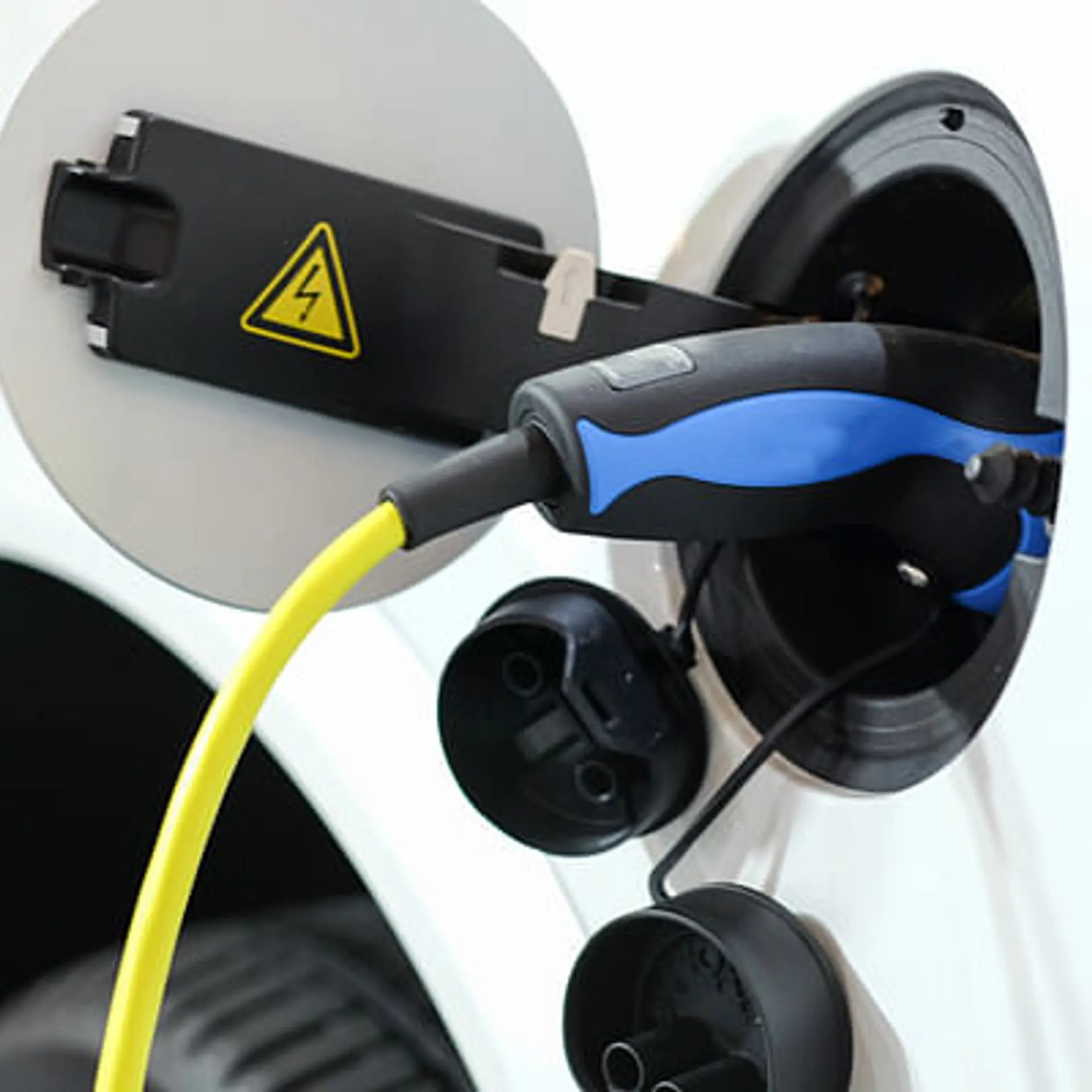How scientists have found a groundbreaking way to convert plastic into fuel
A new research paper published on 20 June, 2016, claims that a method for converting plastics to usable fuel has been developed in the laboratory. The research was done by a combined team from the Chinese Academy of Sciences and University of California and the results are published in the journal Science Advances, reported The Times Of India. Till date, no chemical or biological process has been developed to degrade the plastics accumulating across the world’s ecosystems. So, a solution of the kind reported in this research paper could potentially be a game changer.

In a report by Sci-Tec Today, the process, described in the journal Science Advances, requires less energy and creates a purer end product than other methods – and could offer an efficient new method to turn our plastic trash into treasure. For this paper, the scientists wanted to develop a method that didn’t require a lot of heat or other energy sources and that ended up with a cleaner product. So they turned to catalysts, which have often been used to build polymers but not typically to break them down.
Together with light alkanes (a simple type of hydrocarbon that’s often a waste product in refineries), the researchers used a two-catalyst process to break down polyethylene-based plastics, including a shopping bag, a plastic bottle and some food-packaging film. The first catalyst, an iridium-based compound, yanks off hydrogens attached to carbon atoms in the plastic; two of those carbon atoms, now bereft of their companions, then form double bonds with each other. Those double bonds are more susceptible than the single bonds to the second catalyst (made of rhenium, aluminum and oxygen), which uses this weak spot to help break the long chain apart. Later, the hydrogens taken by the first catalyst are added back on.
This process occurs over and over until all of that once-long polymer has been chopped into mid-sized alkanes whose molecules hold enough carbons to be a diesel fuel. Depending on how the scientists adjust various factors, such as the length of time of the reaction, they can control how much of those alkanes end up in the form of fuel or of waxes (which have industrial applications). “I was pleasantly surprised to see these kinds of catalysts being used for such a real-world application,” said Alan Goldman, a catalysis chemist at Rutgers University who was not involved in the paper.
On top of that, he added, the fuel they make ends up being a very clean-burning one, as far as hydrocarbons go. “It takes these undesirable refinery products and the polyethylene and combines them both into something useful,” he said of the study, calling it “a very exciting piece of work.”
Do you have an interesting story to share? Please write to us at [email protected]. To stay updated with more positive news, please connect with us on Facebook and Twitter.







